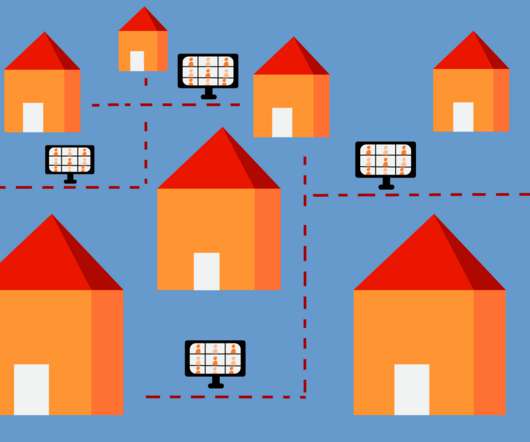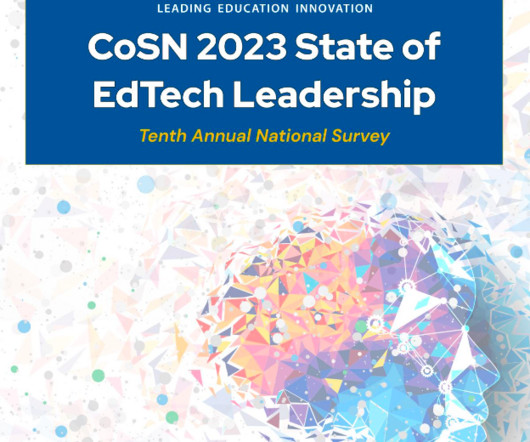3 Levels of Connectivity K–12 Schools Should Consider
EdTech Magazine
NOVEMBER 5, 2018
The increasing digitalization of education has put even more emphasis on internet access in K–12 schools , leading more school districts, nonprofits and government agencies to invest in programs and services to ensure each student is connected. . Characterized by bandwidth of 100Kbps per student and one wireless access point per 1.5






































Let's personalize your content